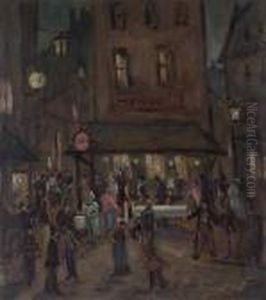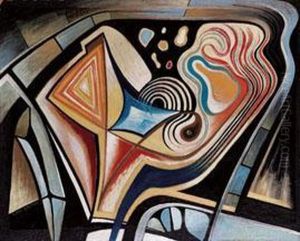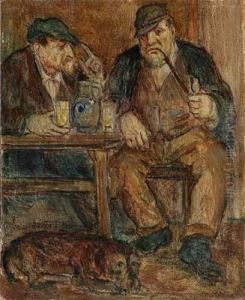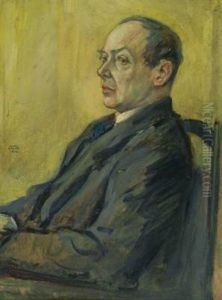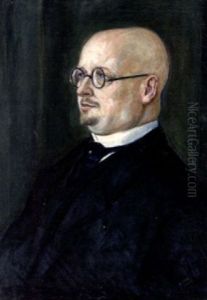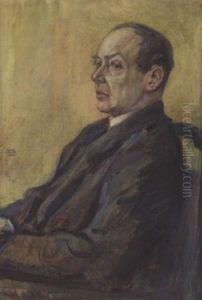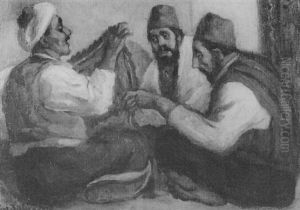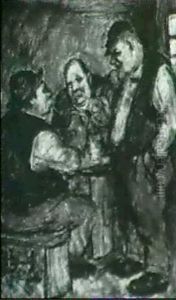Lino Salini Paintings
Lino Salini was an Italian painter and printmaker, primarily known for his contributions to the Italian Futurist movement. Born on September 23, 1889, in Trapani, Sicily, Salini started his artistic journey at a young age, showing a profound interest in the arts. In his early years, Salini moved to Rome, where he became actively involved in the artistic community and immersed himself in the burgeoning cultural environment of the time.
In Rome, Salini was exposed to the Futurist movement, which was initiated by Filippo Tommaso Marinetti in 1909. The movement celebrated modernity, speed, technology, and youth, rejecting the traditionalist values that were prevalent in Italian art and society. Salini was influenced by the dynamic energy of Futurism and began to incorporate its aesthetic principles into his own work, embracing the movement's call for a revolutionary break with the past.
Salini's work is characterized by its vibrant colors, energetic compositions, and the depiction of movement, which are hallmarks of the Futurist style. He experimented with different materials and techniques, including painting and printmaking, to capture the essence of speed and the mechanical age. His work often portrayed the dynamism of the modern world, with its automobiles, airplanes, and urban landscapes.
Despite his association with the Futurists, Salini maintained his unique artistic identity, and his work also displayed an affinity with other avant-garde movements of the time, such as Expressionism and Cubism. Throughout his career, Salini exhibited his works in various shows and galleries, contributing significantly to the dissemination of Futurist ideas and aesthetics.
Lino Salini's artistic production was cut short by his untimely death in 1944, during the Second World War. He died at the age of 54, leaving behind a body of work that, while not as widely recognized as some of his contemporaries, provides a valuable insight into the Italian Futurist movement and the broader European avant-garde. His paintings and prints continue to be appreciated for their bold experimentation and their depiction of the early 20th century's transformative spirit.
